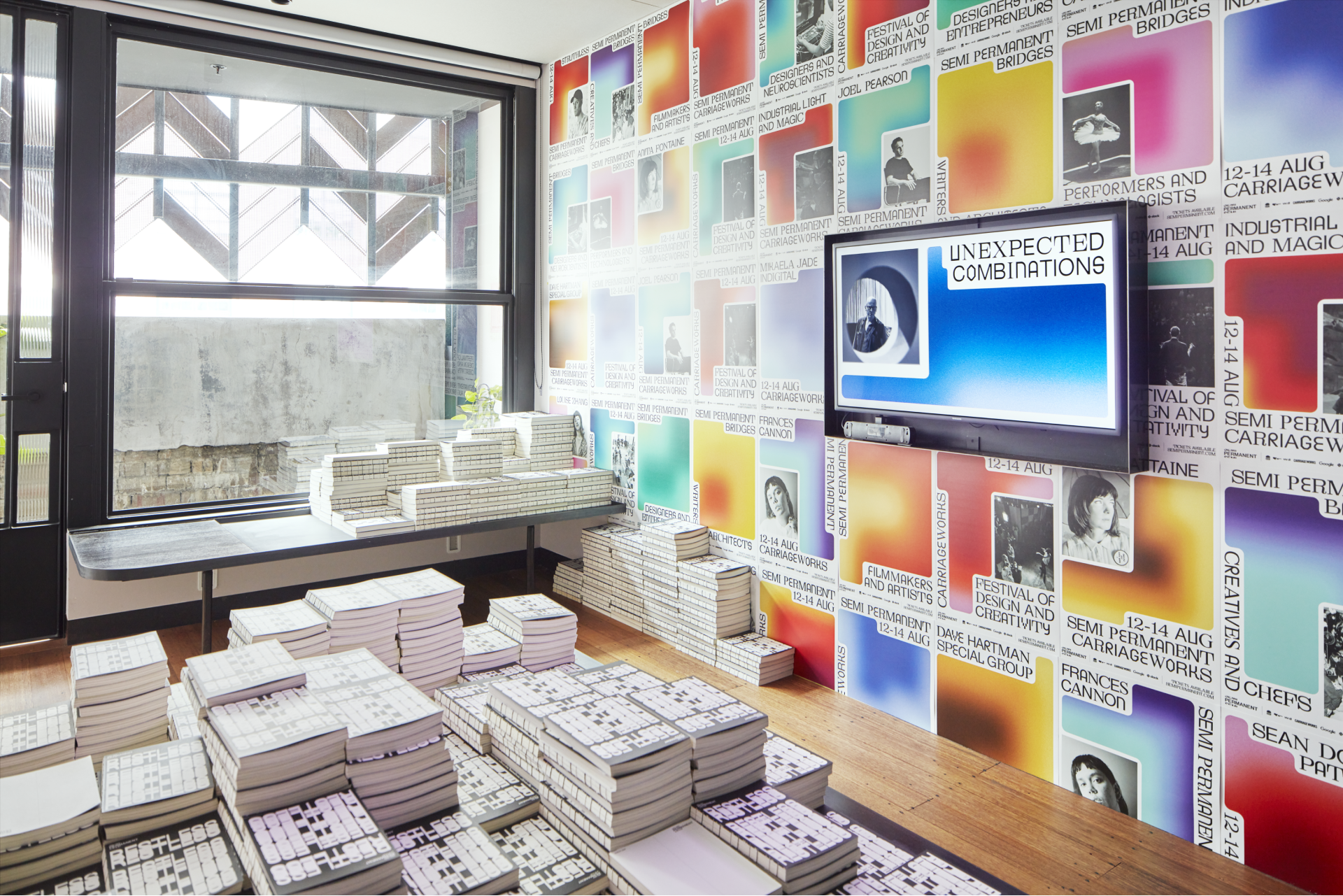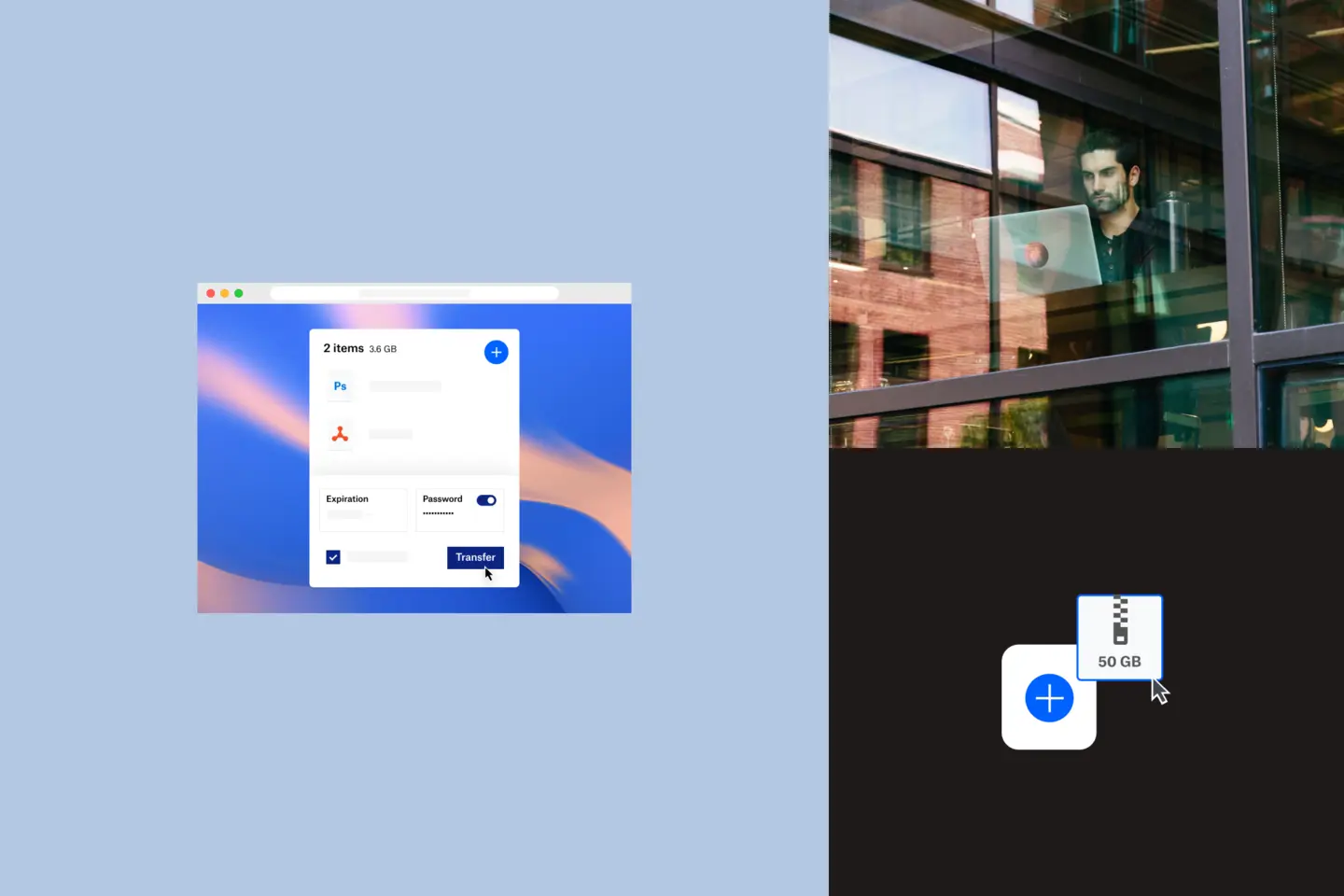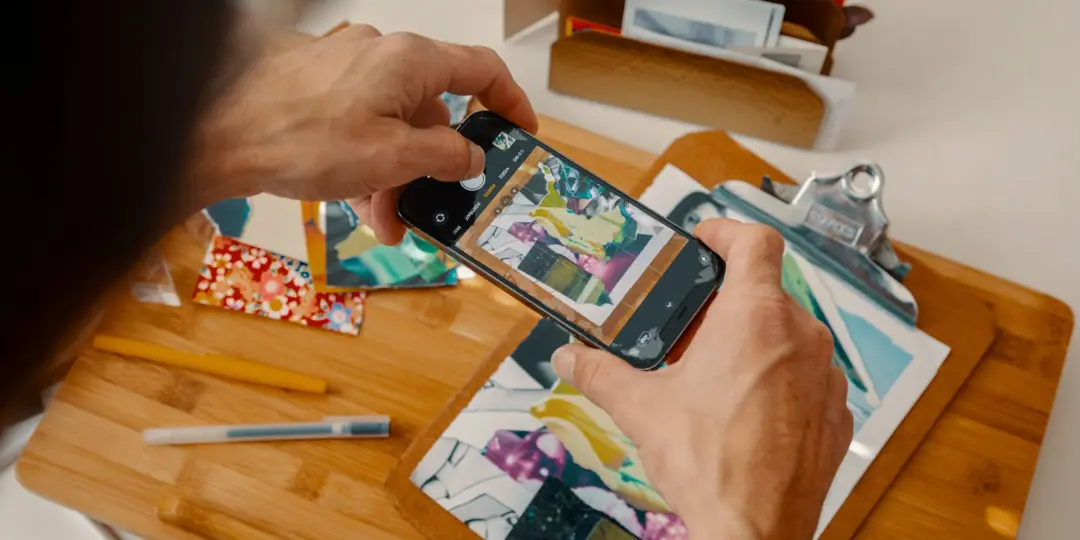With clients ranging from BMW to the Museum of the Future in Dubai, design firm Atelier Brückner is a master of project orchestration at scale. The team of 100 architects, designers and producers across Germany and South Korea create narrative architecture, or physical spaces that explore a client’s message or mission.
The team relies on Dropbox tools at every turn of the project cycle to stay organised, in sync and on deadline. “People are familiar with it and find it easy to use, which is critical when you’re working with people from so many different fields,” says Associate Partner Rana Rmeily.
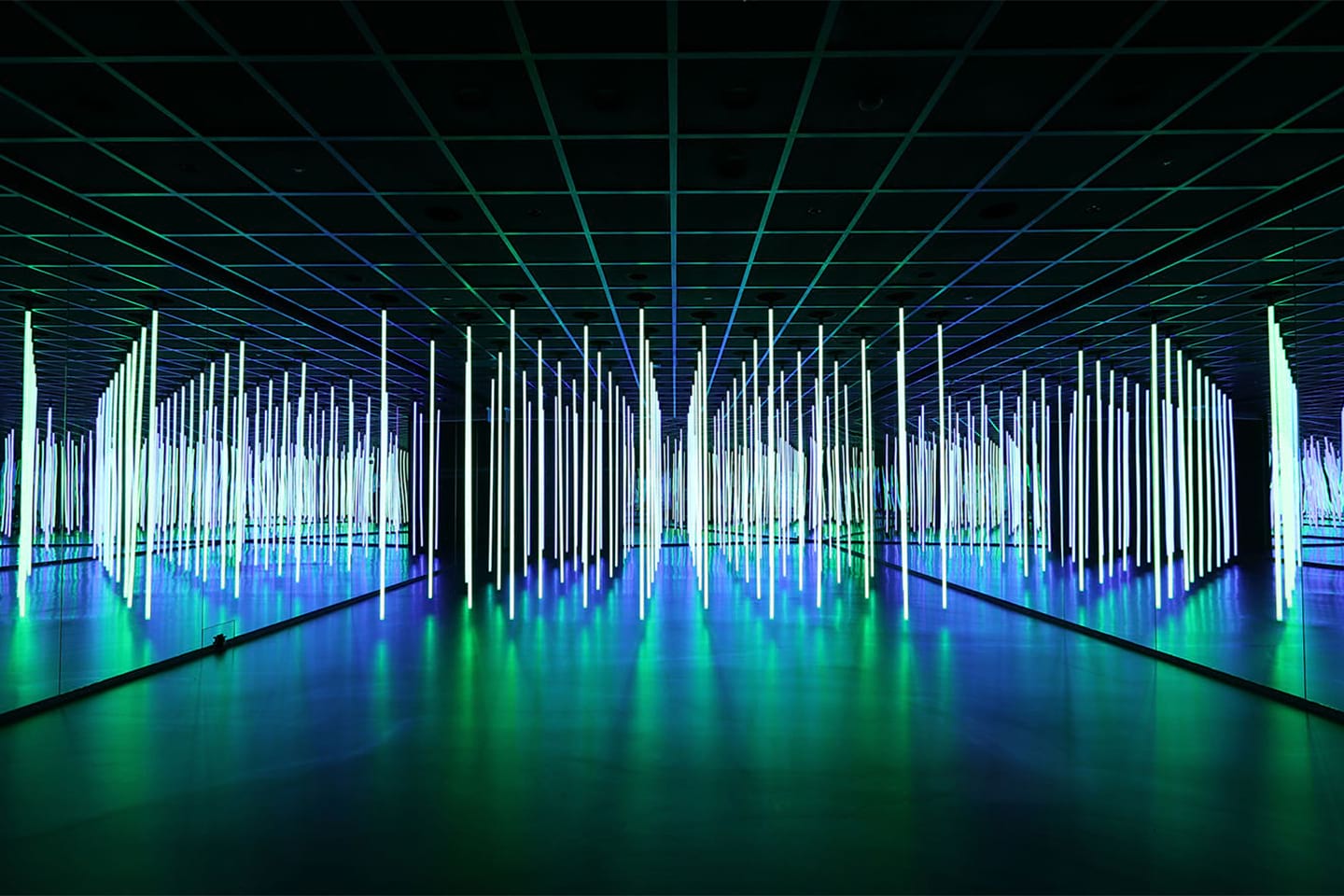
The Atelier Brückner team recently teamed up with car manufacturer Hyundai to develop an immersive exhibit in their Seoul-based studio. Here’s a behind-the-scenes account of how the project was planned and executed with Dropbox.
Step 1: Plan the exhibit on Dropbox Paper
Hyundai tasked the Atelier Brückner design team with telling a story about the “future of mobility” – a world with driverless cars (think: where families can face each other and play board games while the road) to vehicles that purify, and not pollute, the air.
Before the team could narrow in on a concept, they needed to do a deep dive on Hyundai’s technology and futuristic vision. They used Dropbox Paper to create a living, breathing document where Hyundai engineers could drop reference texts and visuals, and Atelier Brückner’s storytellers could drop comments or questions, tag collaborators and receive instant document updates.
“Anyone working on this project could come in and see the full discussion that’s taken place, which made it much easier to understand the technical requirements and get new people onboarded to the project quickly,” says senior exhibition designer Björn Müller.
From there, the team developed a more formal plan for the exhibit on Paper.
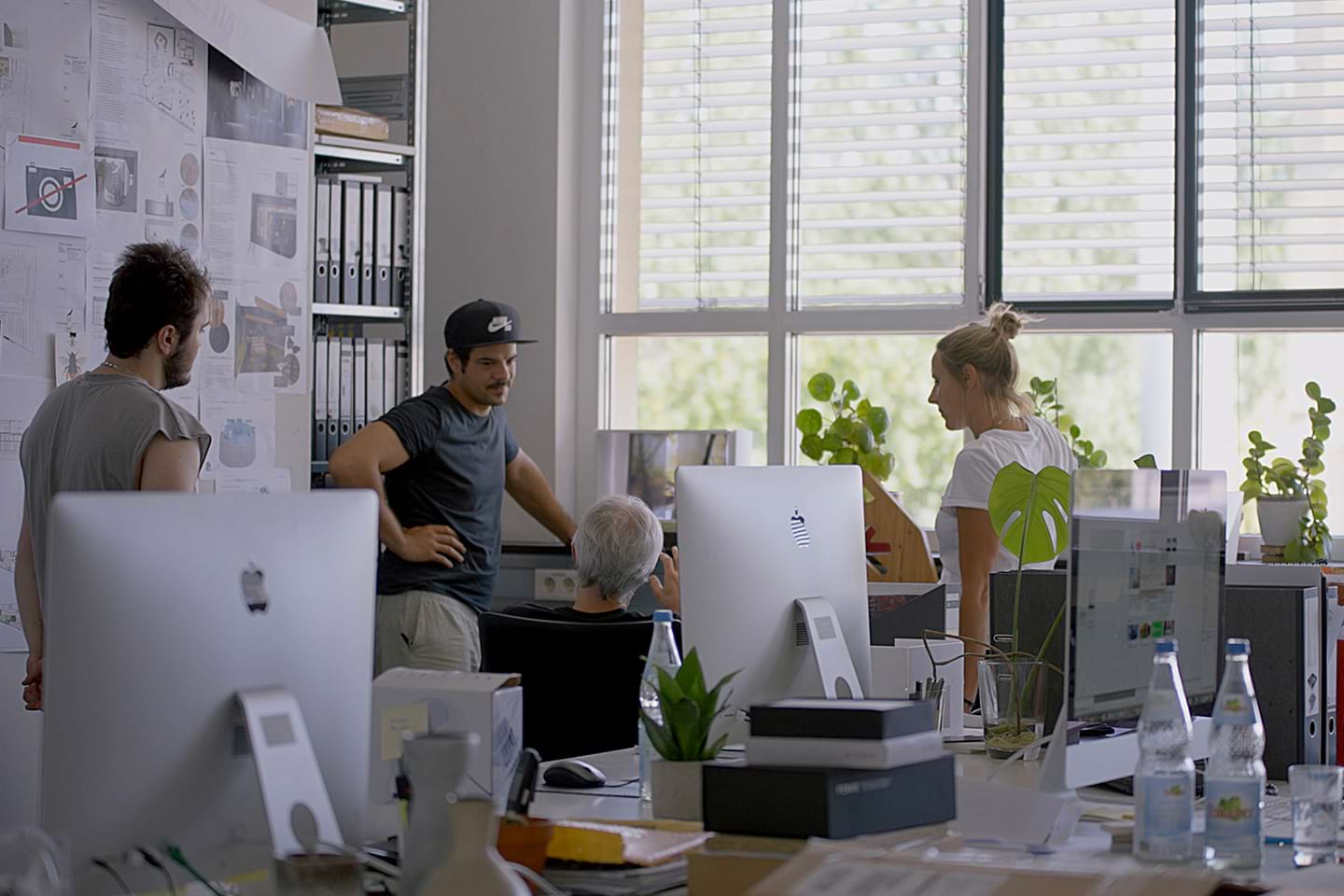
Step 2: Divide and conquer the details
Bringing the installation to life required a large distributed team, including everyone from curators and light designers to media planners and software developers. Each team worked within a structured folder system on Dropbox to share prototypes, project documents and make changes on the fly.
“It was super helpful to have live documents that clearly communicated what we were expecting, and then understand what might have to be adjusted to make it work practically,” said Rmeily.
The ability to share videos, CAD drawings and other large files with Dropbox Transfer saved the team time and space, and distributed teams were able to fast-track video collaboration and reviews with Dropbox Replay.

Step 3: Build with confidence
As the teams moved into the production phase of the project, speed became paramount, as did the ability to access project plans from a tablet or phone in an instant.
“Being able to access plans from PDF files on site was really helpful,” says Rmeily. “We could also take pictures and attach any questions if we needed our collaborators to weigh in.”
There’s no other company that’s made me feel as safe. We’ve all tried different solutions, but Dropbox is the one tool that always works. For us, it’s a safe harbour.

